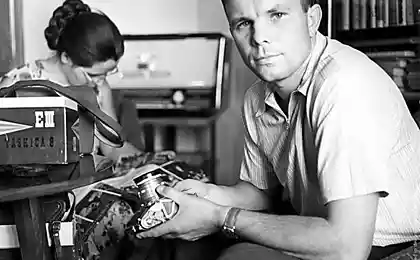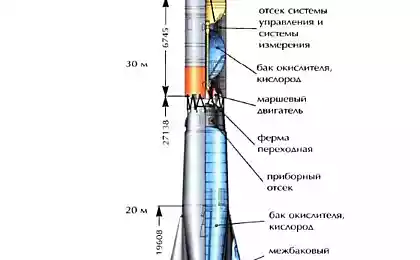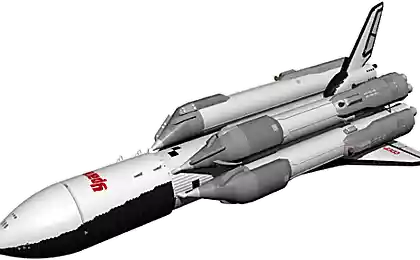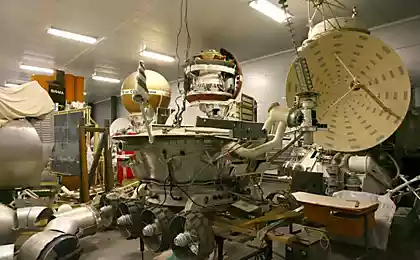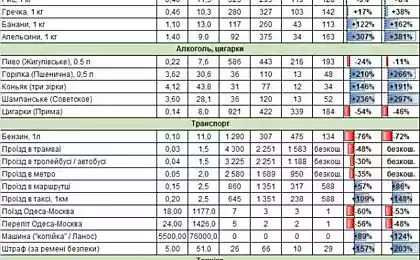1260
Conquerors of Space
In the last century, during the Cold War and the technological race the Soviet Union opened the space era. The country has managed to achieve tremendous success in space exploration, despite the fact that the continued recovery of war-shattered economy. In the period from 1957 to 1966 it was launched more than 180 space objects, space was sent to the first cosmonaut, was made the first exit of man into space, was launched to study the Moon, Mars and Venus, were a number of fundamental discoveries. To remember how to conquer the space, we go to the Museum of Cosmonautics in Moscow on VDNH.
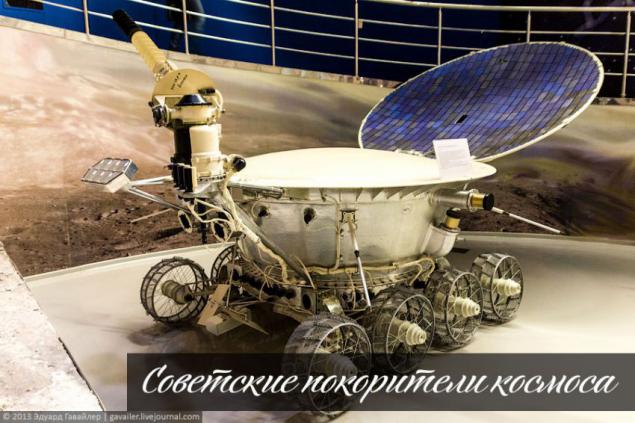
The space age has opened the Soviet Union on Oct. 4, 1957, when they launched the world's first artificial satellite. Model 1: 1.
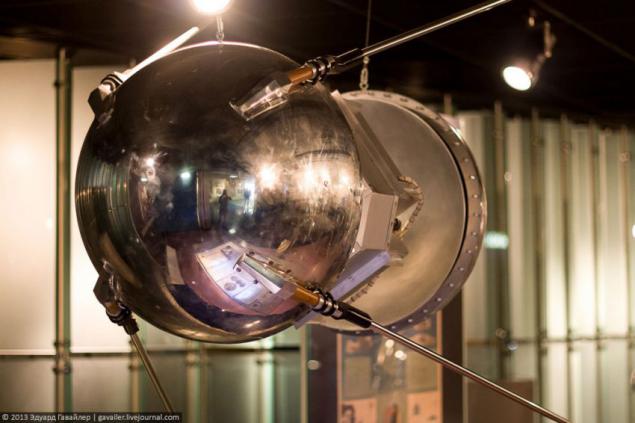
He stayed in space for three months, carrying about 1,400 orbits around the Earth.
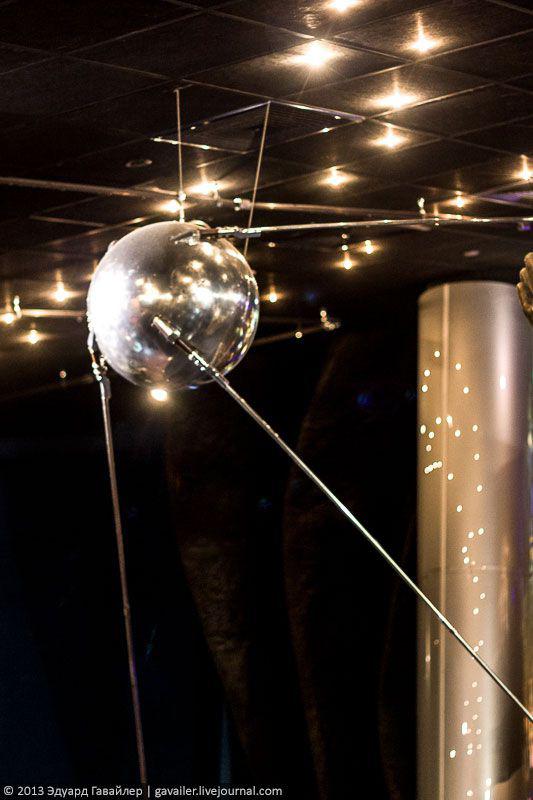
Liquid rocket engine RD-114 (1952-1957) for the first stage of the launch vehicle "Kosmos". Fuel: oxidizer mixture of nitrogen oxides, and nitric acid; fuel - a product of processing of kerosene
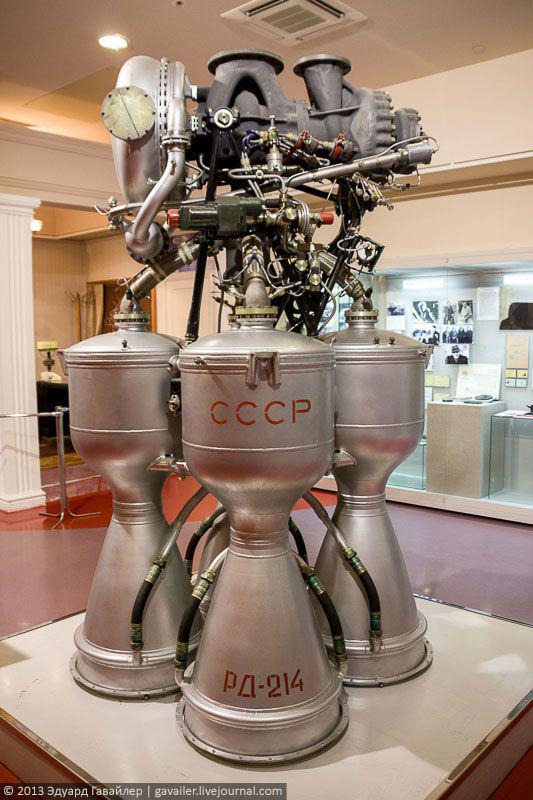
Ejection container in experimental animals. It operates on the principle of ejection seat. In August 1960, in the capsule returned to earth alive Belka and Strelka.
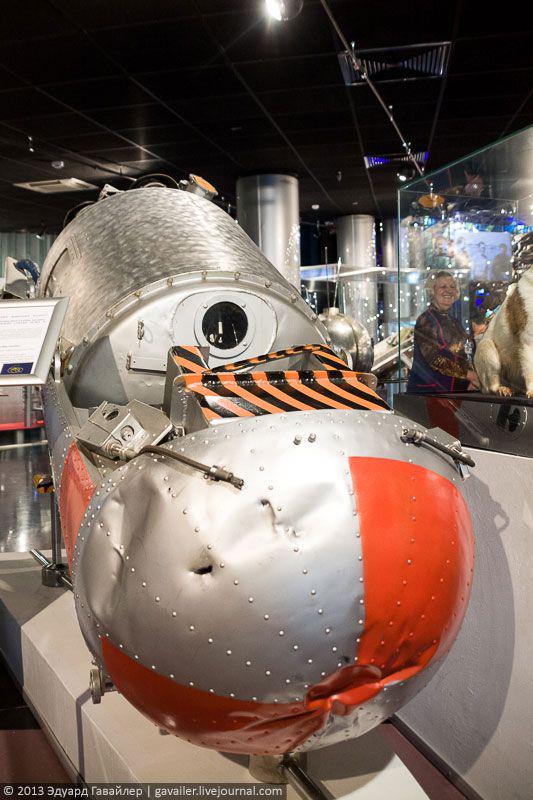
Arrow.
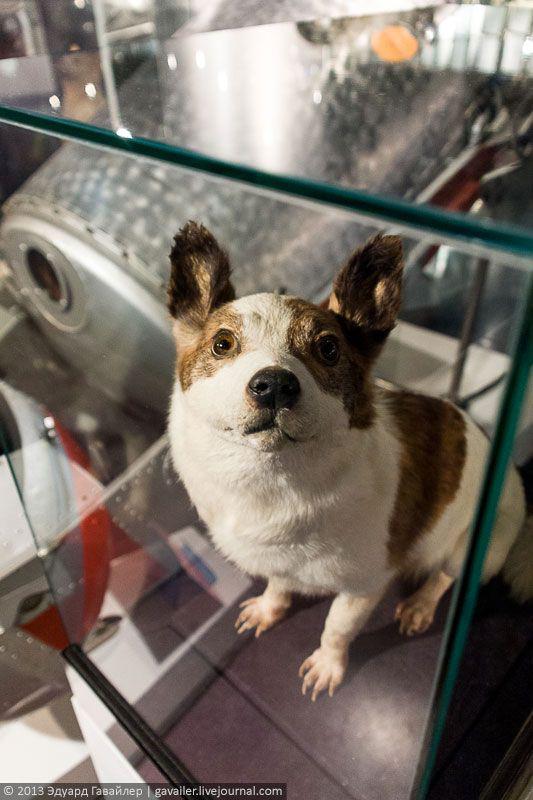
Squirrel.
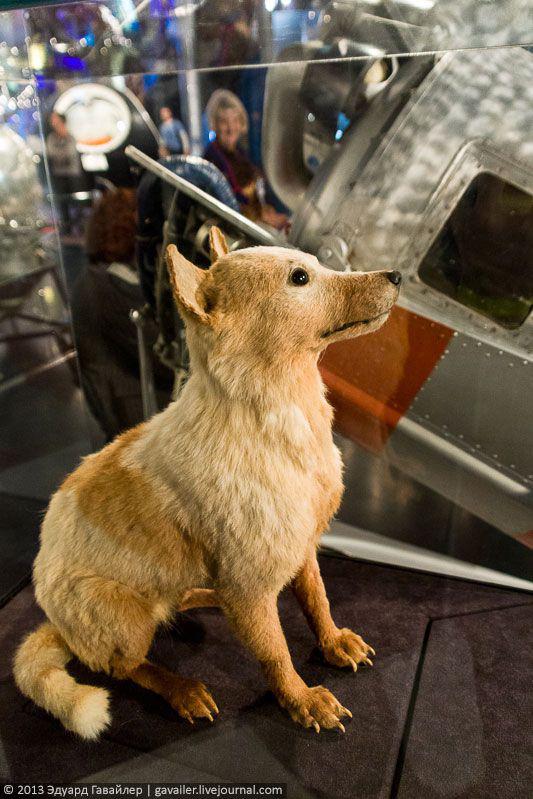
In outer space sent simple mutts on the street, as they were the most hardy compared with home. Such flights were intended to check whether the future astronauts to survive the flight. Before Belka and Strelka in space sent three dogs: Laika in 1957, Seagull and Chanterelle in July 1960. All three died.
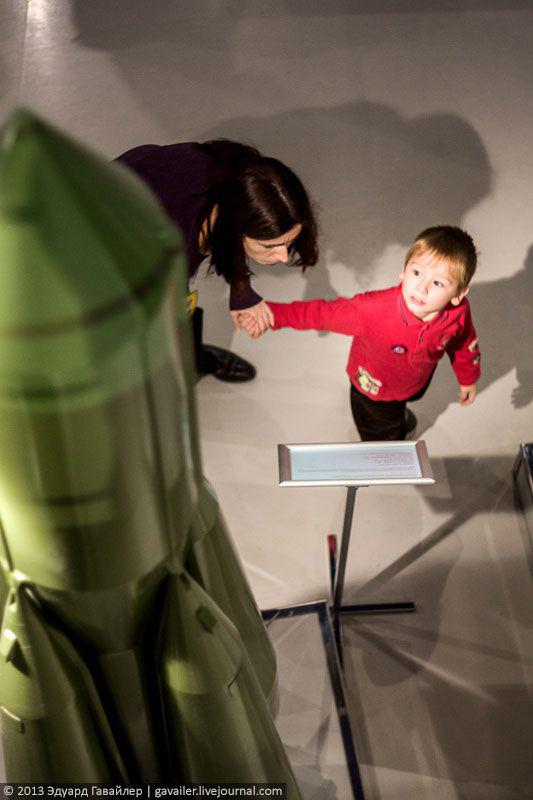
April 12, 1961 Senior Lieutenant Yuri Gagarin (callsign: Cedar) on a spaceship "Vostok" has made the world's first flight into space. After 108 minutes in space and one complete revolution around the planet, Major Yuri Gagarin landed safely on Earth.
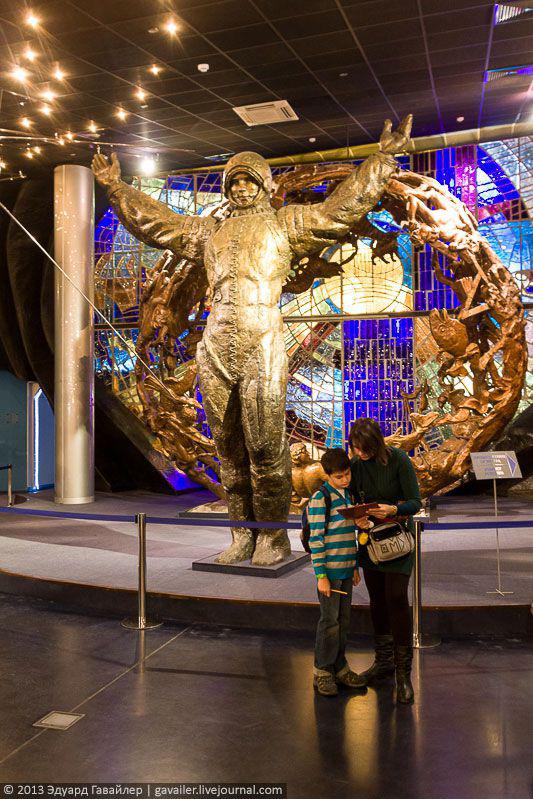
27-year-old man became a hero. And who is now the heroes and idols of young people? 1961.
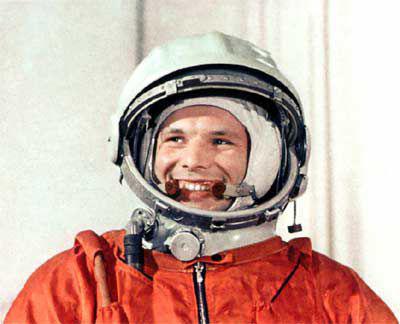
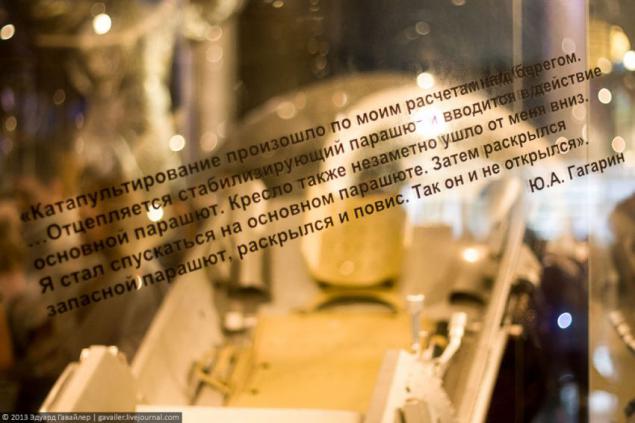
Spaceship "Vostok" (scale 1: 3), which carried Gagarin, the world's first flight into space. It consisted of a lander and instrument compartment with the propulsion system.
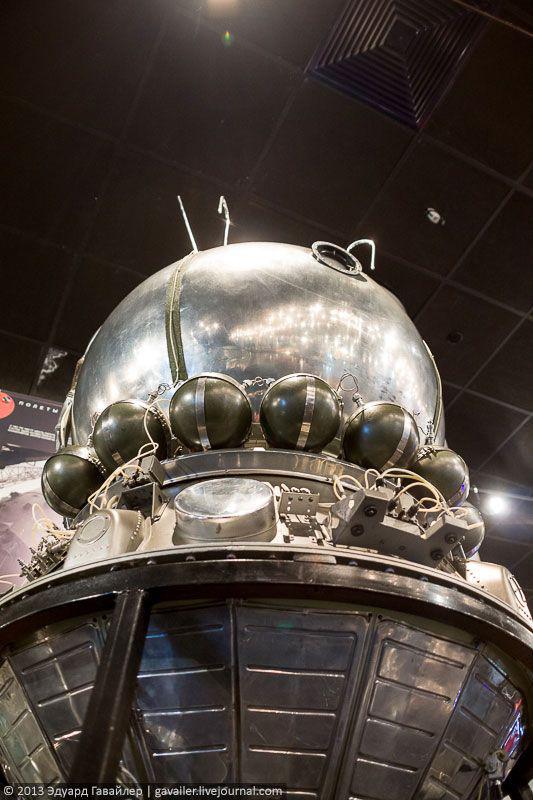
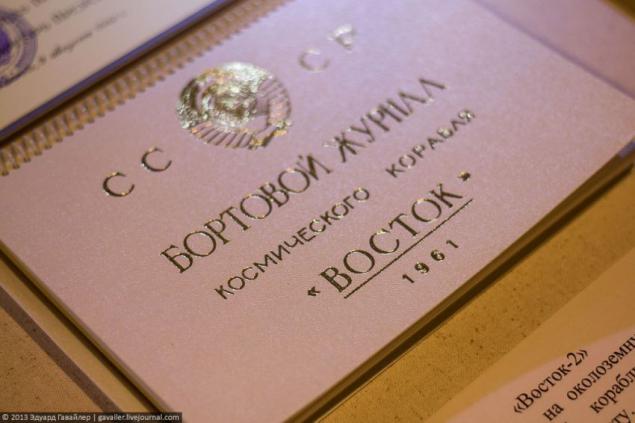
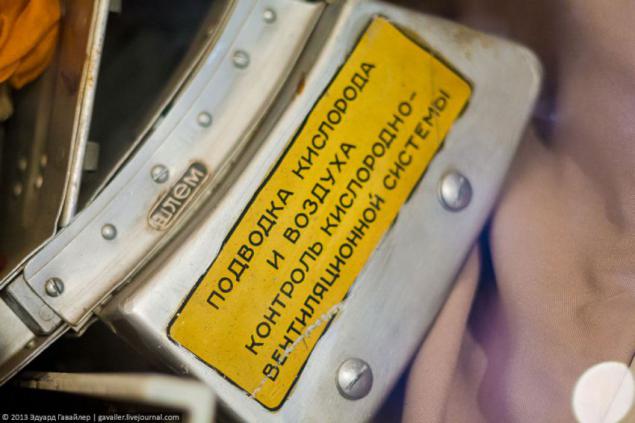
This table is used to train astronauts.
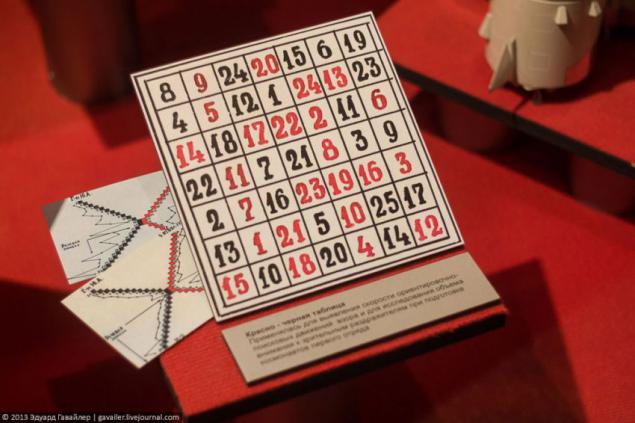
Awards Gagarin.
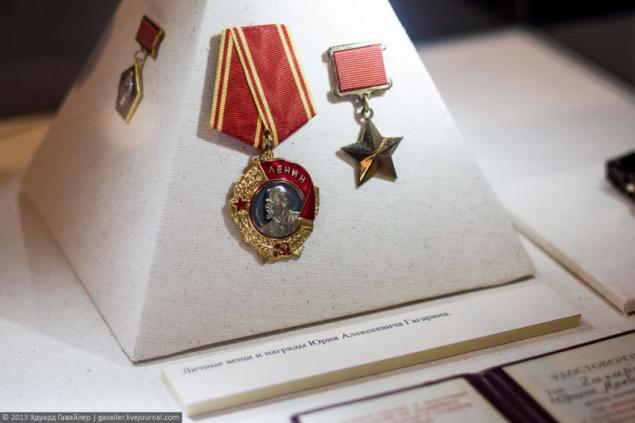
Another achievement in space - 16 June 1963 in space flew the world's first woman - Valentina Tereshkova. And here we are ahead of the world. She is now 76 years old.
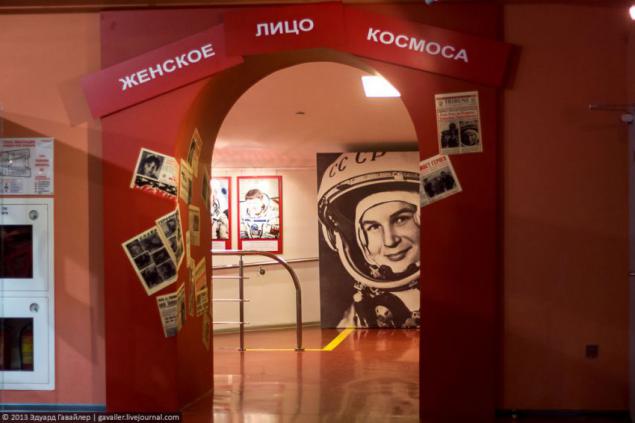
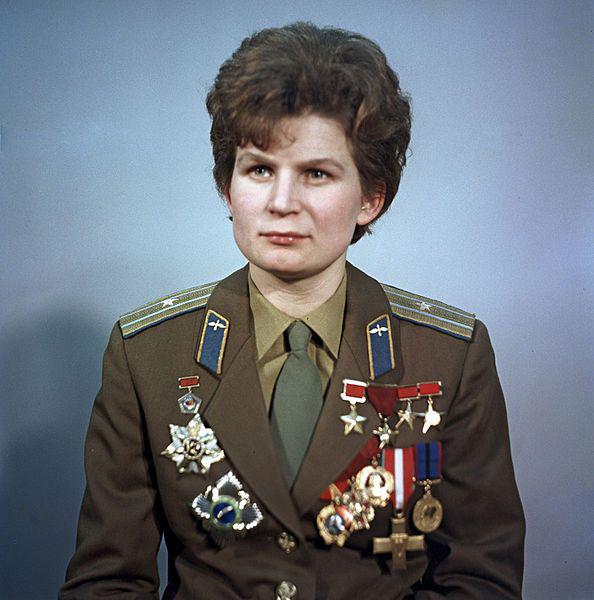
It is worth to mention the name of Sergei Korolev, and who is the creator of Soviet rocket and space technology.
The next achievement - in March 1965 together with Pavel Belyaev, Alexei Leonov made a space flight aboard the "Voskhod-2". During the flight Leonov made the first spacewalk (12 minutes, 9 seconds). He is now 79 years old.
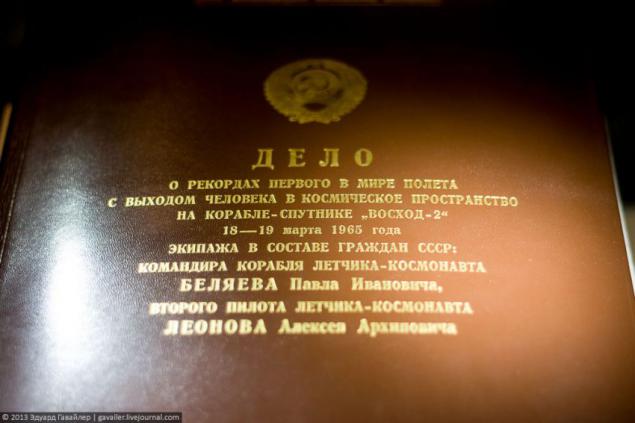
Leonov wanted to become an artist, and became an astronaut. Leonov AA "Over the Black Sea", 1974

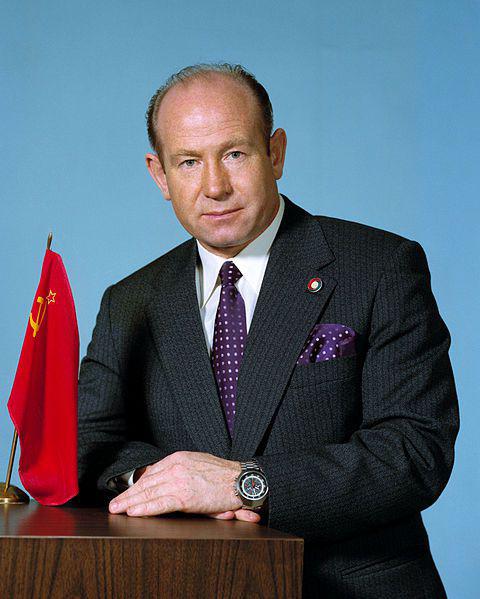
The suit "Berkut" was intended for the spacewalk. Used Belyaev and Leonov in 1965. Weight suit without a 20kg backpack.
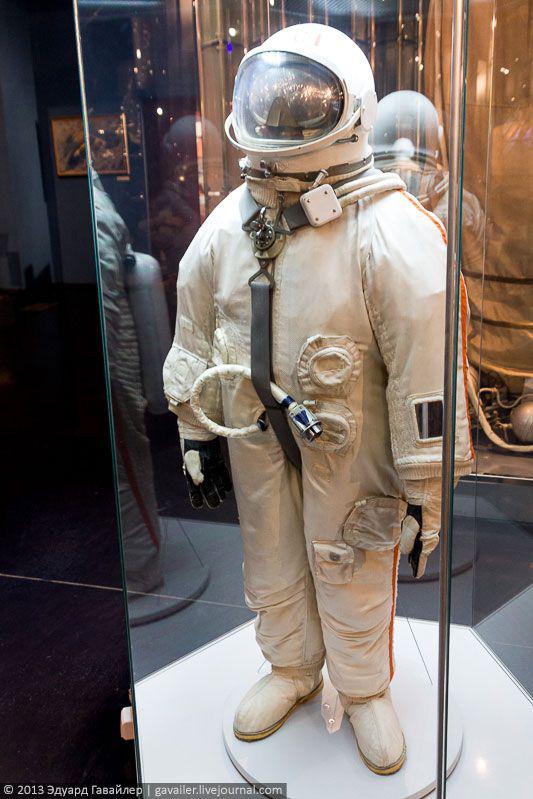
"Lunokhod-1" - the world's first automatic self-propelled machine. Delivered to the Moon in November 1970. For 318 days, he was more than 10 kilometers, studying the lunar surface. Model 1: 1.
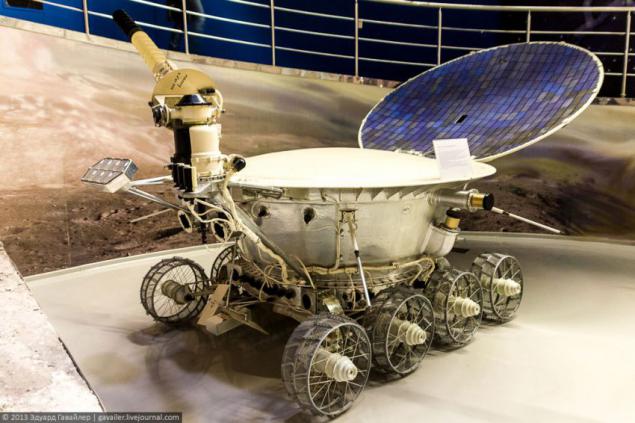
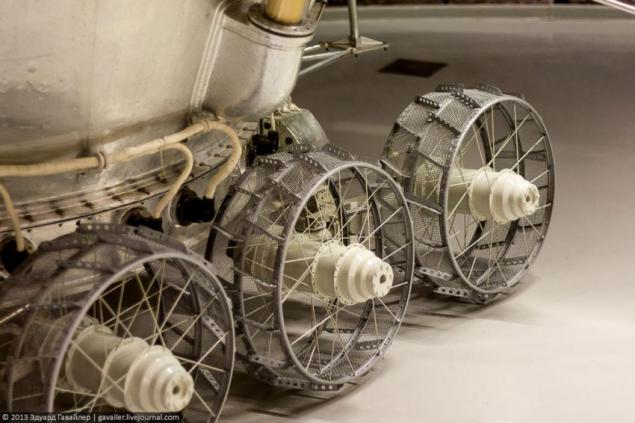
Moon Globe.
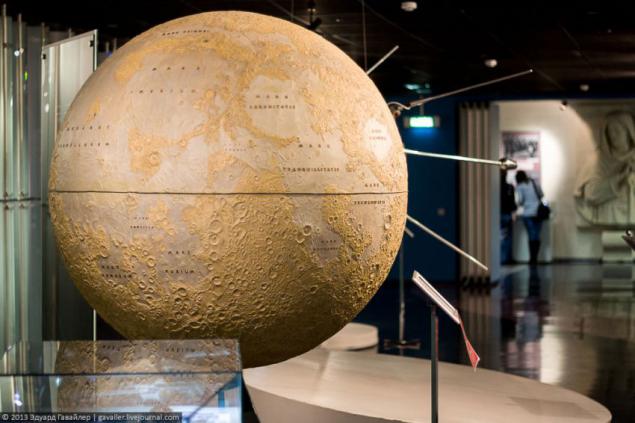
Automatic station "Luna-1" - the world's first spacecraft, developed the escape velocity. The unit was launched in 1959 and was supposed to reach the lunar surface. Not achieved.
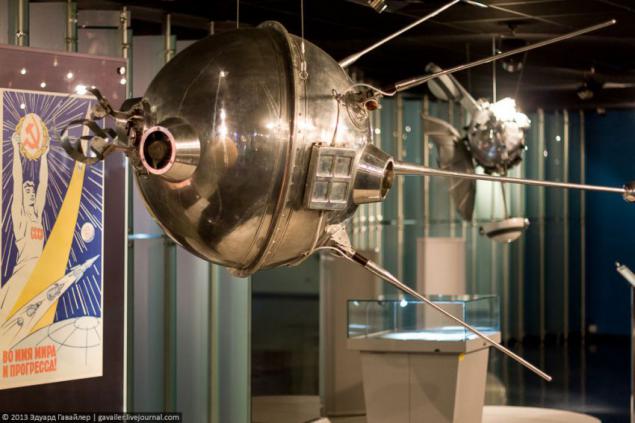
The space station "Mir" will last 5,500 days in orbit (15 years, from 1986 to 2001).

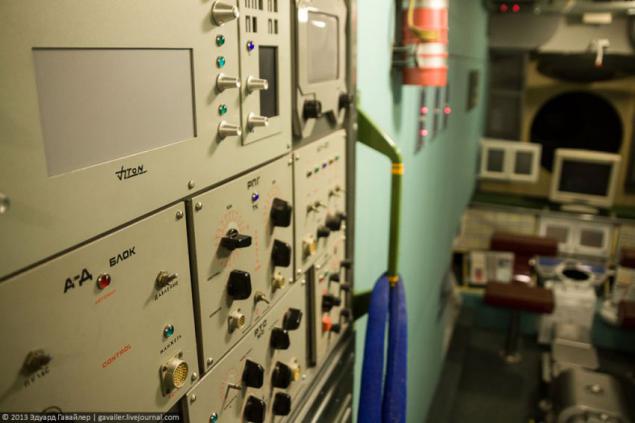
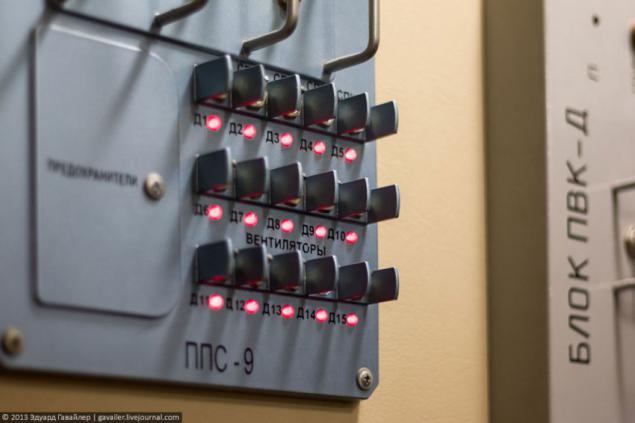

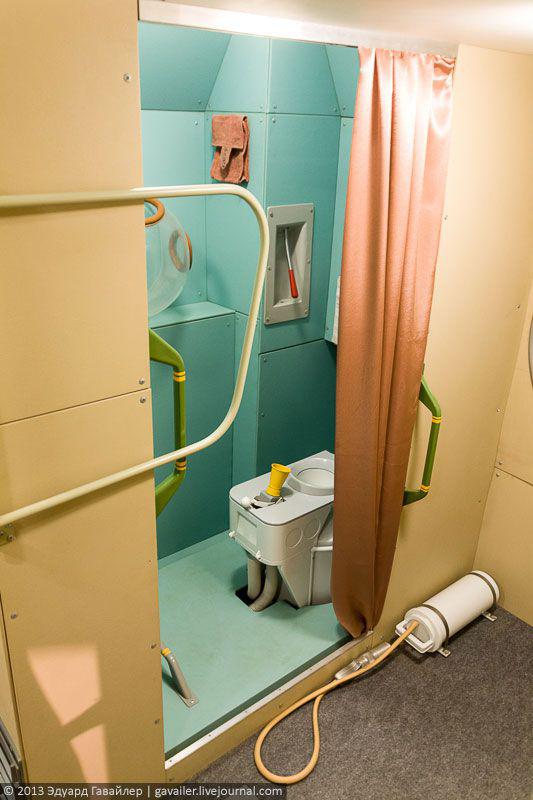
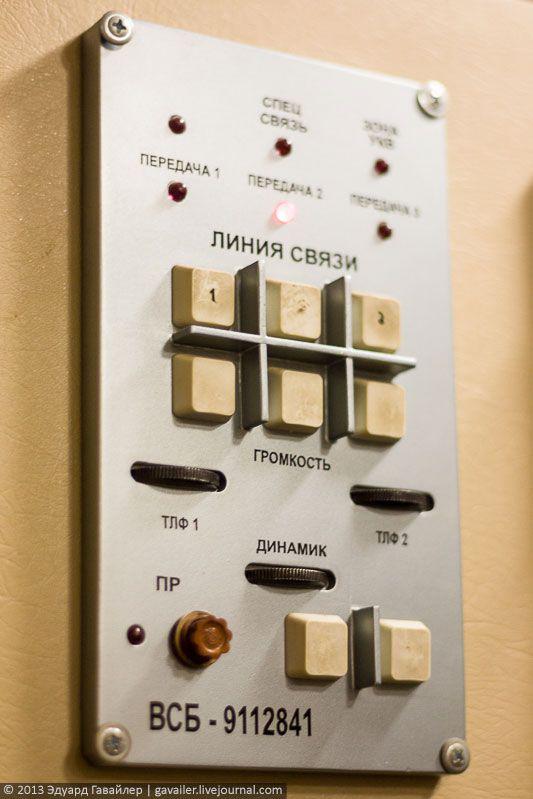
Approximately bedroom looks at an altitude of several hundred kilometers from the Earth.

Food on board "Peace».
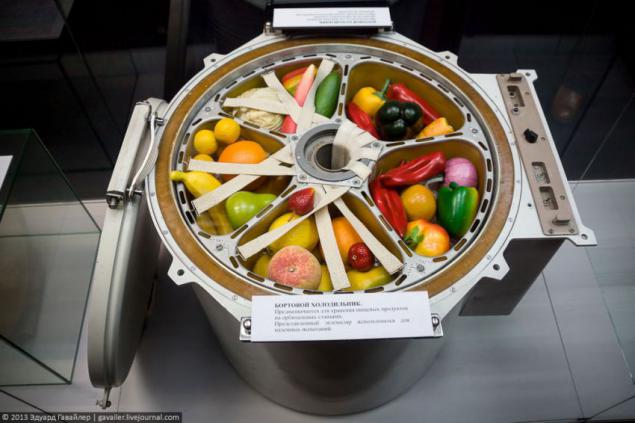

Looking towards the sun in space, you get a strong facial burns. To avoid this, the lens suits manufactured using gold.
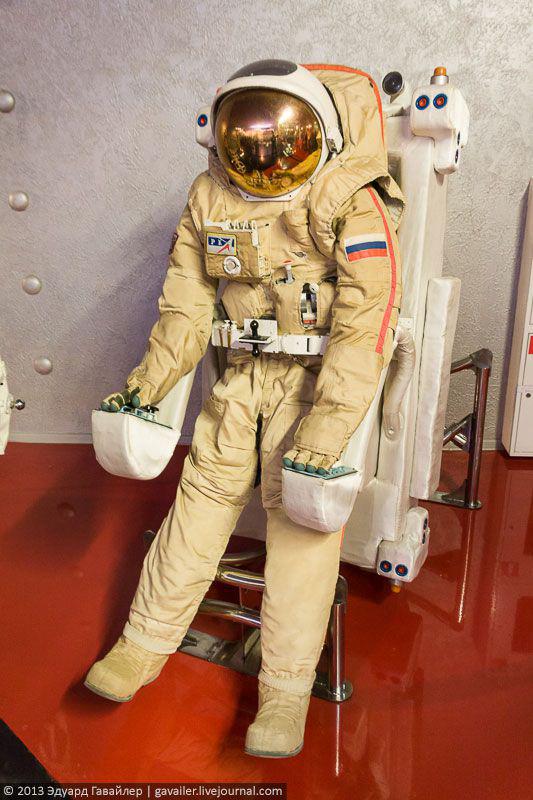
Airplane-laboratory IL-76. It astronauts work out various operations in conditions of weightlessness during a short 25-30 minute mode.

And you know, who are now our astronauts?
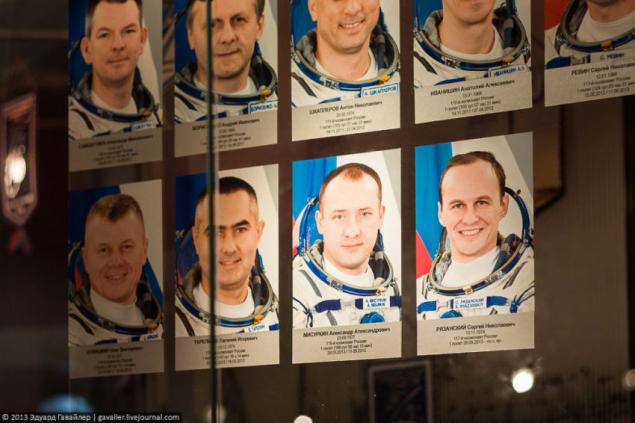
More photos from the museum:
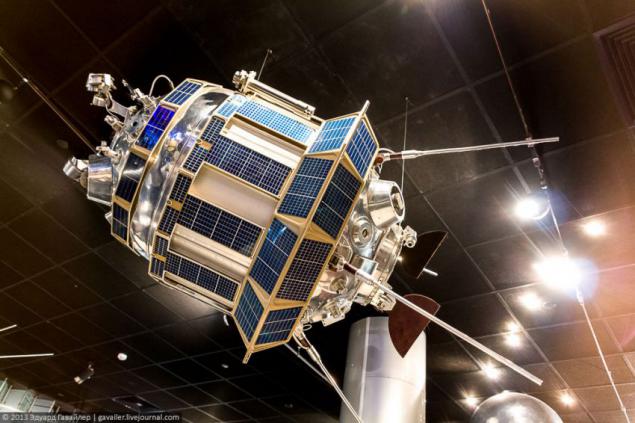
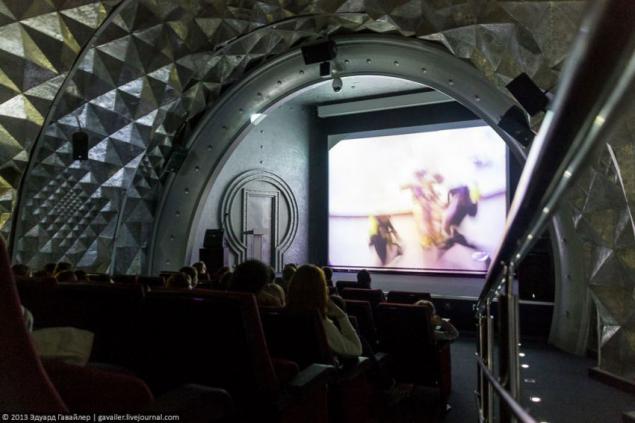
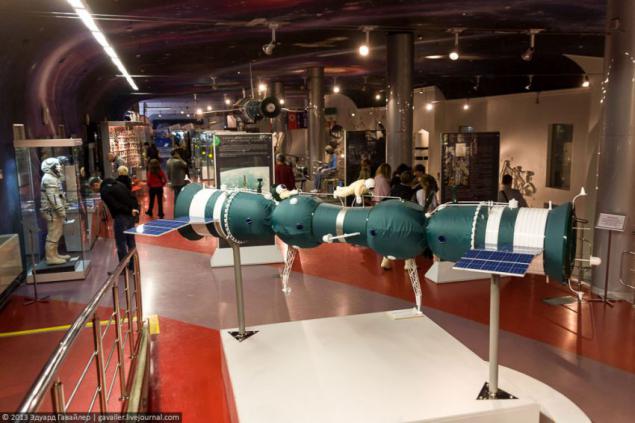
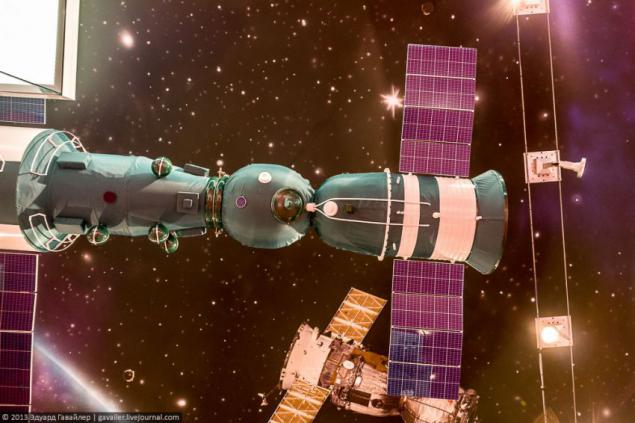
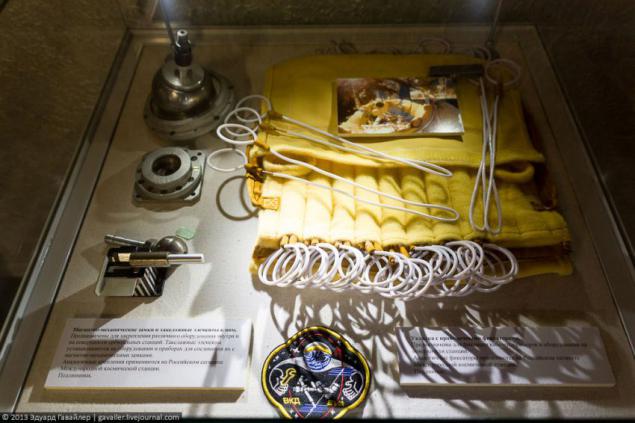
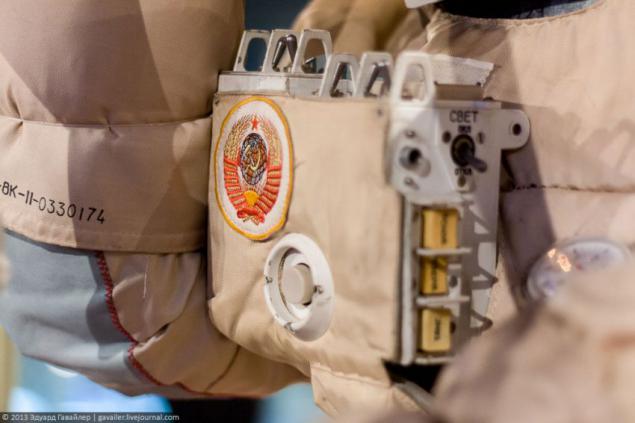
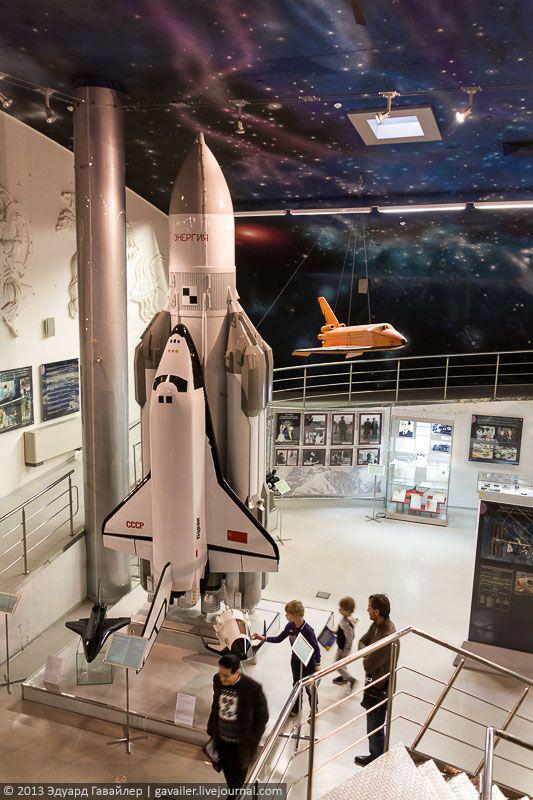
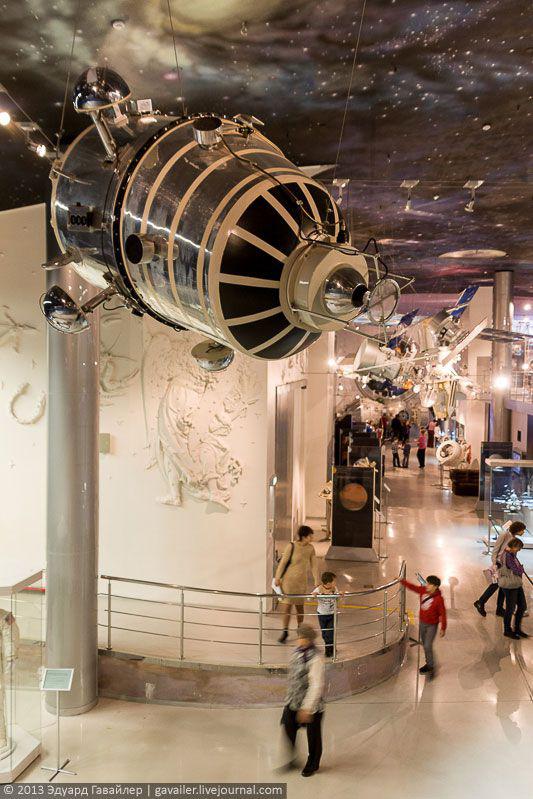
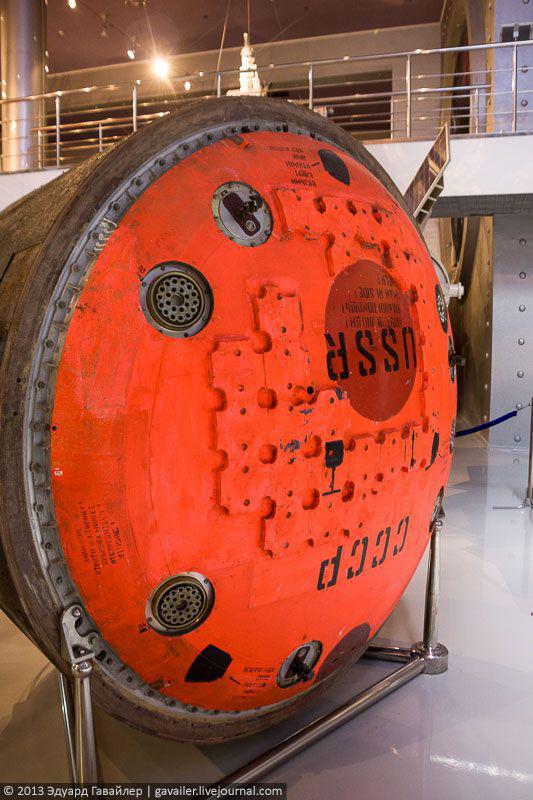
Space Museum at ENEA. Located at the monument "Conquerors of Space" (photo taken with the Ostankino television tower).

Source: gavailer.livejournal.com

The space age has opened the Soviet Union on Oct. 4, 1957, when they launched the world's first artificial satellite. Model 1: 1.

He stayed in space for three months, carrying about 1,400 orbits around the Earth.

Liquid rocket engine RD-114 (1952-1957) for the first stage of the launch vehicle "Kosmos". Fuel: oxidizer mixture of nitrogen oxides, and nitric acid; fuel - a product of processing of kerosene

Ejection container in experimental animals. It operates on the principle of ejection seat. In August 1960, in the capsule returned to earth alive Belka and Strelka.

Arrow.

Squirrel.

In outer space sent simple mutts on the street, as they were the most hardy compared with home. Such flights were intended to check whether the future astronauts to survive the flight. Before Belka and Strelka in space sent three dogs: Laika in 1957, Seagull and Chanterelle in July 1960. All three died.

April 12, 1961 Senior Lieutenant Yuri Gagarin (callsign: Cedar) on a spaceship "Vostok" has made the world's first flight into space. After 108 minutes in space and one complete revolution around the planet, Major Yuri Gagarin landed safely on Earth.

27-year-old man became a hero. And who is now the heroes and idols of young people? 1961.


Spaceship "Vostok" (scale 1: 3), which carried Gagarin, the world's first flight into space. It consisted of a lander and instrument compartment with the propulsion system.



This table is used to train astronauts.

Awards Gagarin.

Another achievement in space - 16 June 1963 in space flew the world's first woman - Valentina Tereshkova. And here we are ahead of the world. She is now 76 years old.


It is worth to mention the name of Sergei Korolev, and who is the creator of Soviet rocket and space technology.
The next achievement - in March 1965 together with Pavel Belyaev, Alexei Leonov made a space flight aboard the "Voskhod-2". During the flight Leonov made the first spacewalk (12 minutes, 9 seconds). He is now 79 years old.

Leonov wanted to become an artist, and became an astronaut. Leonov AA "Over the Black Sea", 1974


The suit "Berkut" was intended for the spacewalk. Used Belyaev and Leonov in 1965. Weight suit without a 20kg backpack.

"Lunokhod-1" - the world's first automatic self-propelled machine. Delivered to the Moon in November 1970. For 318 days, he was more than 10 kilometers, studying the lunar surface. Model 1: 1.


Moon Globe.

Automatic station "Luna-1" - the world's first spacecraft, developed the escape velocity. The unit was launched in 1959 and was supposed to reach the lunar surface. Not achieved.

The space station "Mir" will last 5,500 days in orbit (15 years, from 1986 to 2001).






Approximately bedroom looks at an altitude of several hundred kilometers from the Earth.

Food on board "Peace».


Looking towards the sun in space, you get a strong facial burns. To avoid this, the lens suits manufactured using gold.

Airplane-laboratory IL-76. It astronauts work out various operations in conditions of weightlessness during a short 25-30 minute mode.

And you know, who are now our astronauts?

More photos from the museum:









Space Museum at ENEA. Located at the monument "Conquerors of Space" (photo taken with the Ostankino television tower).

Source: gavailer.livejournal.com




